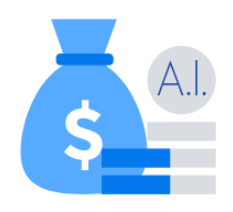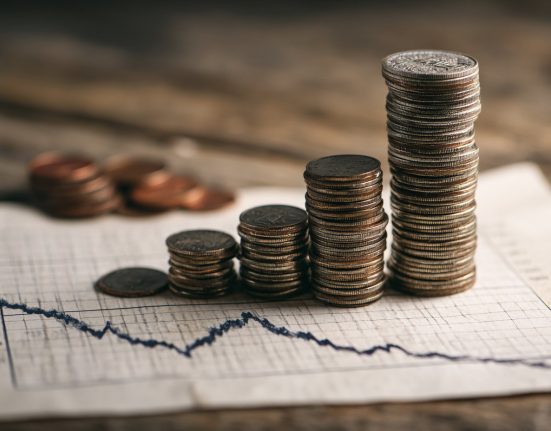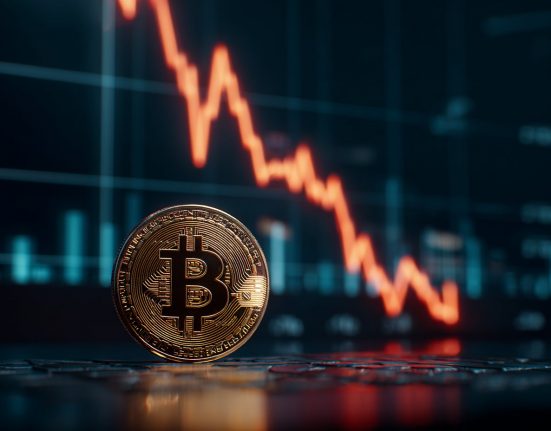Inflation. Consumers hate it, especially when wages fail to keep pace. Yet, the most radical actions to stem inflation can seem more like Civil War battlefield surgery for the economy, doing more harm to the patient than good.
For labor, continued interest rate increases risk throwing an already recovering (but not overheating) economy into recession that has seen inflation rates decline every month the past half year. Moreover, while rising interest rates starve economies of cash, one must remember they can have inflationary impacts themselves as businesses sometimes pass on increased borrowing costs to consumers. Regardless, inflation is slowing, yet the Federal Reserve on Feb. 1 imposed its eighth straight interest rate hike designed to further slow our economy.
Recently, I wrote that non-core inflationary items, e.g., food and fuel, saw price growth slowing in some sectors, and dropping in others. Energy prices have fallen substantially from their summer peak when war in Ukraine not only disrupted global fuel supplies, but also grain.
Those threats now look to be in the rear-mirror. Meanwhile, energy producers have finally got off the bench and begun drilling again. Grocery giants, such as Whole Foods, are starting to confront food processors that have kept prices high despite unprocessed food prices dropping, thus adding another new downward pressure on food prices.
Of course, threats of war and COVID-19 could return, and Avian flu that required the culling of over 50 million chickens in the US is keeping egg and poultry prices high, albeit falling. In fact, US Department of Agriculture data shows egg prices are already down 40% from their Avian flu December peak. Nonetheless, the recent trend for both food and fuel prices is down.
But, what about “core” inflationary items?
This latter measurement strips out not only the volatile energy and food prices (non-core). Let’s look at two big core inflation items that jacked up prices since the pandemic: cars and shipping rates.
After COVID-19, cars cost a lot more, in large part because of a shortage of computer chips. The average new car today can have a 100 or more. When covid hit, consumer spending shifted from services to goods as people stayed home. Near all gadgets contain computer chips, thus putting upward demand on their prices.
In February 2021, brutally cold weather took power out in many parts of Texas, with computer chip makers taking a hit. Making matters worse, a major fire in the spring of 2021 hit a major factory in Japan supplying car factories, which took this facility’s chip production out for several months. Computer chip factories are multi-billion dollar facilities that few can build.. As the supply of cars shrank, former industry practices of rebates and other promotions quickly were replaced with buyers paying as much as $10,000 over the suggested retail price along with bidding wars on showroom floors for desirable models.
New car prices rose an average of 16% during this period, and used cars provided no exit as demand for them rose. Presently, the computer chip shortage has turned into a glut, as production and consuming habits have both adjusted to more familiar patterns. Car prices (both new and used) are following. This December, car prices finally stopped rising, and January’s price drops were among the biggest on record. Moreover, January saw Tesla and Ford massively cut electronic vehicle prices.
Shipping rates also drove core inflation. The pandemic wreaked havoc on shipping rates. And, in an economy increasingly globalized the past four decades, the vulnerability of these extended supply chains were exposed. How much did spot shipping rates increase for the standard 40 foot container during this period? By mid 2021, they were up by over 500% on some of the busiest routes, such as from China to the US east coast.
The container price increase from $4,000 to $20,000 was bad enough, but the added cost of inventories sitting for failure of capacity to ship added additional upward price pressures, time is money, after all. This massive price uptick led to orders for new ships, many of which are coming online now.
Prices for shipping on average have now already returned to normal levels. As Rolf Habben Jansen, the CEO of the world’s fifth largest shipping company, Hapag Lloyd, recently said, “The party is over. We are back to a normal shipping business.”
In short, prices for non-core and core items are either dropping, or seeing increases slow. The Federal Reserve’s now eighth increase in interest rates privileged the interests of select investors whose returns are dependent on keeping wages low. Yet, many indicators suggest the inflationary threat is behind us. At minimum, the Fed should reject further interest rate hikes as price growth slows.






